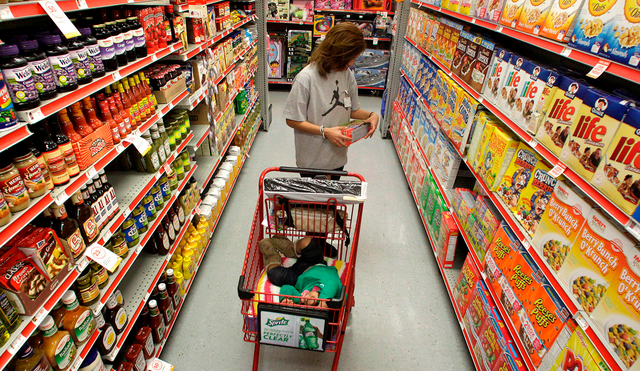US inflation slows in February, but Trump’s tariffs and trade war cast a shadow
Price growth in the U.S. moderated in February, but the impact of President Trump’s policies and ongoing economic conflict could lead to rising costs in the coming months, particularly for goods like food and vehicles.

Inflation in the U.S. slowed more than expected in February, offering some relief to buyers. The Consumer Price Index (CPI) showed a 2.8% increase over the past 12 months, down from 3% in January. Monthly prices rose by 0.2%, a lower pace compared to January’s 0.5% rise. This slowdown was driven by falling gas prices and steady grocery costs. According to Greg McBride, chief financial analyst at Bankrate, "The softer inflation reading means that Americans' wages are going even farther."
However, the relief may be short-lived. President Trump's tariffs, especially the recent 10% tariff on Chinese goods, are expected to push rates higher again. Experts warn that these tariffs will affect key items like food and vehicles, making it harder for economic expansion to stay under control.
What impact do Trump’s tariffs have on inflation and consumer prices?
Despite the slowdown, the taxes imposed on China-made products in February are expected to affect consumer prices in the coming months. As retailers preemptively raised charges due to the new 10% levy, and with the additional steel and aluminum duties, consumers may see higher costs, especially for goods like cars and groceries. The tariffs on imported materials are expected to push up the valuations of essential items, including eggs, baked stock, and other food staples.
Specialists warn that these tariff-driven increases could outweigh the progress made in disinflationary sectors like housing, where shelter inflation is slowing. The continued pressure from trade policies will likely lead to higher costs for everyday consumers, undermining some of the inflationary relief seen in recent timeframe.
What can consumers expect in the coming months?
While February’s report was positive, professionals caution that the impact of tariffs will likely be felt in future wage-price spiral reports. With the Federal Reserve adopting a more careful approach to rate cuts in 2025, it’s clear that the route to controlling escalation will remain challenging. The slowdown in price hike could be short-lived, as the trade war and taxes policies continue to disrupt supply chains and drive up costs.
Economists are predicting that by the third quarter of the year, it could rise to 3.2% due to these trade measures. Consumers should be prepared for rising costs, particularly in areas that have been heavily affected by levies. The underlying trends show that while progress has been made, the fight against economic expansion is ongoing, and future inflation readings could see a rebound.












